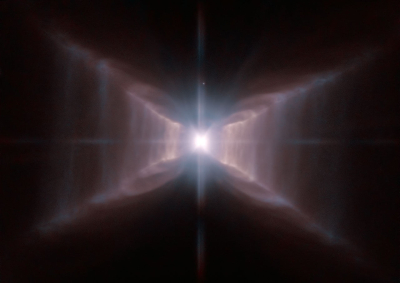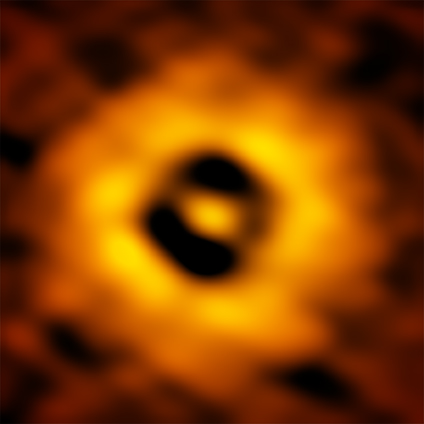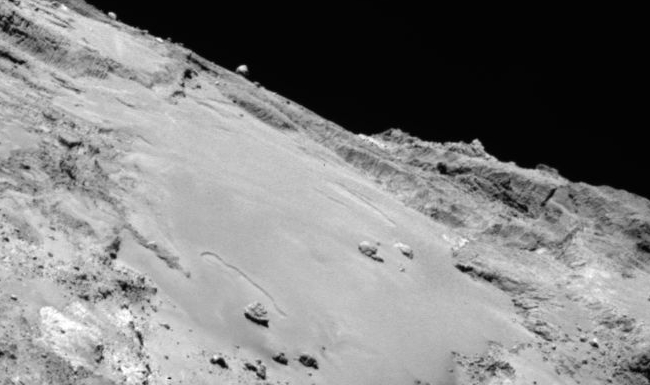ESO signs giant telescope contract
The European Southern Observatory today signed the contract to begin building the European Extremely Large Telescope (E-ELT).
The contract covers the design, manufacture, transport, construction, on-site assembly and verification of the dome and telescope structure. With an approximate value of 400 million euros, it is the largest contract ever awarded by ESO and the largest contract ever in ground-based astronomy. The E-ELT dome and telescope structure will take telescope engineering into new territory. The contract includes not only the enormous 85-metre-diameter rotating dome, with a total mass of around 5000 tonnes, but also the telescope mounting and tube structure, with a total moving mass of more than 3000 tonnes. Both of these structures are by far the largest ever built for an optical/infrared telescope and dwarf all existing ones. The dome is almost 80 metres high and its footprint is comparable in area to a football pitch.
The E-ELT is being built on Cerro Armazones, a 3000-metre peak about 20 kilometres from ESO’s Paranal Observatory. The access road and leveling of the summit have already been completed and work on the dome is expected to start on site in 2017.
E-ELT will have a main mirror 39 meters in width, about 9 meters bigger than the stalled TMT project.
The European Southern Observatory today signed the contract to begin building the European Extremely Large Telescope (E-ELT).
The contract covers the design, manufacture, transport, construction, on-site assembly and verification of the dome and telescope structure. With an approximate value of 400 million euros, it is the largest contract ever awarded by ESO and the largest contract ever in ground-based astronomy. The E-ELT dome and telescope structure will take telescope engineering into new territory. The contract includes not only the enormous 85-metre-diameter rotating dome, with a total mass of around 5000 tonnes, but also the telescope mounting and tube structure, with a total moving mass of more than 3000 tonnes. Both of these structures are by far the largest ever built for an optical/infrared telescope and dwarf all existing ones. The dome is almost 80 metres high and its footprint is comparable in area to a football pitch.
The E-ELT is being built on Cerro Armazones, a 3000-metre peak about 20 kilometres from ESO’s Paranal Observatory. The access road and leveling of the summit have already been completed and work on the dome is expected to start on site in 2017.
E-ELT will have a main mirror 39 meters in width, about 9 meters bigger than the stalled TMT project.



